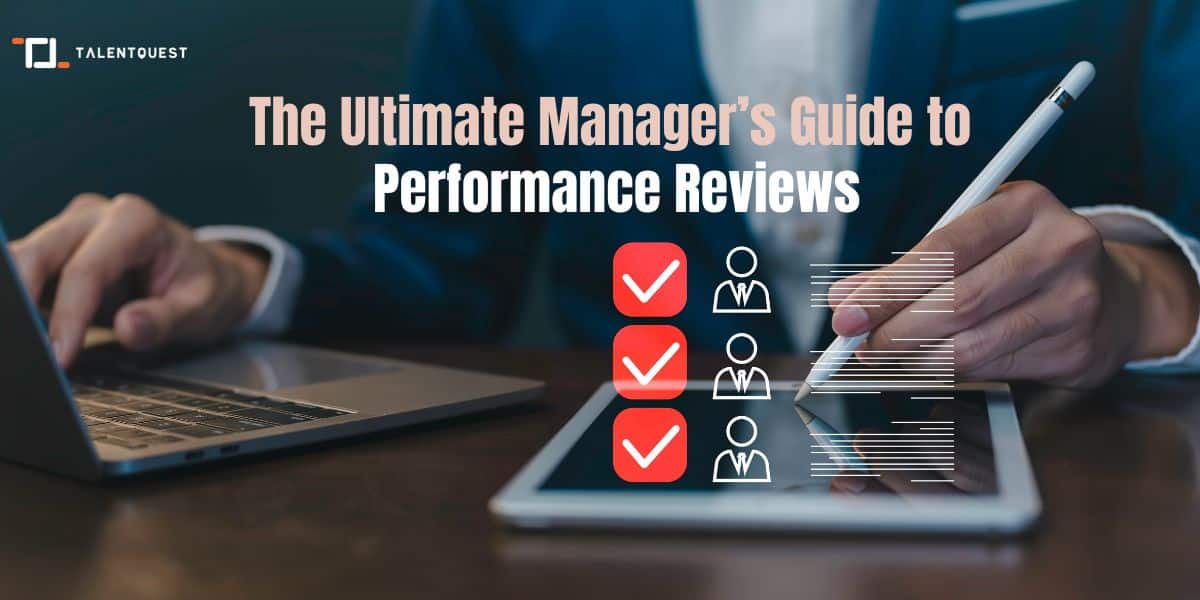
The Ultimate Manager’s Guide to Performance Reviews
Performance reviews can often feel like a juggling act for managers. You’re tasked with assessing your team’s achievements and growth areas while also motivating them for future success. However, with thoughtful preparation, you can transform performance reviews into productive, meaningful conversations that drive both individual and team growth.
Here’s how to set the stage for successful performance reviews:
1. Gather Feedback from Multiple Sources
Before starting the performance reviews, gather input from others who have worked with the employee—such as colleagues, direct reports, or even clients. Carol Cohen, Senior VP at Cognizant, says, “Collect feedback from key stakeholders who can validate your successes. Your case is always stronger when it’s reinforced by those you’ve worked with.” This broad range of perspectives will help you gain a more complete picture of the employee’s performance, rather than relying on just your own observations.
2. Revisit the Employee’s Goals and Responsibilities
Look back at the goals the employee set during the last review or at their onboarding. Did they hit their targets, exceed expectations, or struggle with certain objectives? Comparing their goals with their actual outcomes will make it easier to offer constructive feedback and provide clarity during the review.
3. Recognize Strengths and Areas for Improvement
While it’s important to address areas for improvement, don’t overlook your employee’s successes. Recognizing their strengths boosts morale and keeps them engaged. When addressing growth areas, be clear and actionable. Frame feedback in a way that not only encourages growth but also aligns with the company’s larger goals.
4. Make It a Two-Way Conversation
Performance reviews aren’t meant to be one-sided. “The review is meant to be a two-way conversation, in which you can identify areas for improvement,” says Allison Bertsch from Aegon UK. Encourage your employee to share their thoughts on their progress, challenges, and goals. This open dialogue fosters a collaborative environment and encourages growth on both sides.
5. Set Clear Goals for the Future
Once past performance is reviewed, shift the focus forward. Collaborate with your employee to set clear, achievable goals for the next performance reviews period. Establishing expectations early helps keep everyone aligned and gives your employee a clear path to success. Consider how their individual goals can also support the larger team and company objectives.
With the right preparation and open communication, you can ensure performance reviews are productive, rewarding, and drive continuous improvement for both you and your team.
